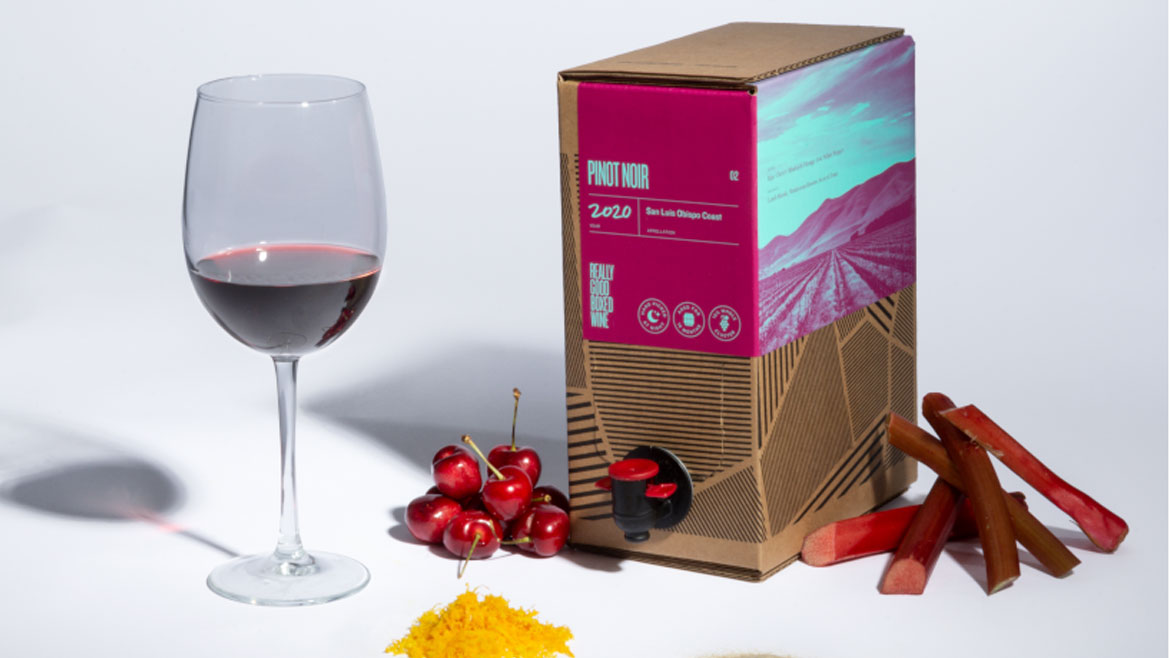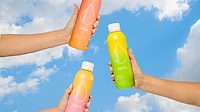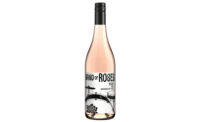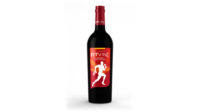Category Focus: Wine
Premiumization trends lifts super-premium, luxury wine performance
On-premise, pent up demand propel Champagne and other sparkling wines

Image courtesy of Really Good Boxed Wine
Netflix’s sketch comedy show “I Think You Should Leave with Tim Robinson” often relies on awkward and surreal humor. One sketch from season two pokes fun at “Shark Tank,” with actress Patti Harrison playing an investor who gained her fortune through a lawsuit after being sewn into the pants of the Charlie Brown balloon at the Thanksgiving Day parade. In her introduction, she hilariously reveals she “can’t stop having wine” and that she purchases the best-tasting wines.
When it comes to real world wine consumption, consumers cite less comical motivations to purchase good wine, helping the beverage alcohol category remain competitive.
Grace Wood, senior analyst at New York-based IBISWorld, notes that, while there were declines in per capita alcohol expenditure, wine sales have increased during the past year. She says this signals that consumers “are turning toward wine and away from other alcoholic beverages.”
“Direct-to-consumer shipping laws concerning wine have continued to loosen, boosting online sales of wine,” Wood says. “Wine accounts for more than 50% of online beer, wine and liquor sales.”
Wines that shine
Known as a fizzy, celebratory drink, experts note that sparkling wine has become a fan-favorite among many consumers.
Data from London-based IWSR shows that, within the total sparkling wine market in the United States, volumes grew 12% from 2020 to 2021.
“Pent-up demand to celebrate weddings, holiday gatherings and other personal milestones after the restrictions of the COVID-19 pandemic helped accelerate sparkling wine growth to double digits in 2021,” says Adam Rogers, research director at IWSR drinks market analysis. “In the U.S., on-premise is also helping to bolster sparkling wine’s popularity, for example, through the brunch occasion.”
Mike Wyatt, insights consultant at Chicago-based Information Resources Inc. (IRI), also shares his take on how sparkling and Champagne wines are contributing to the wine market.
“Sparkling/Champagne are attracting new consumers, resonating with existing consumers as evidenced by increased spend per consumer, and ultimately contributing a disproportionality high share of growth,” Wyatt says. “The positive contribution has been most notable in the $13-$35 price tiers. … With regard to type/flavor, Prosecco has been a standout.”
| DOLLAR SALES | % CHANGE VS. PRIOR YEAR | CASE SALES | % CHANGE VS. PRIOR YEAR | |
| Barefoot | $575,490,415 | -6.7 | 8,179,091 | -10.2 |
| Josh Cellars Super Premium | $402,207,313 | 11.5 | 2,585,585 | 9.2 |
| Sutter Home | $395,883,672 | -4.7 | 5,326,772 | -7.6 |
| Franzia Box | $357,817,648 | -4.3 | 11,817,907 | -7.7 |
| Woodbridge by Robert Mondavi | $325,697,954 | -6.9 | 4,778,447 | -5.7 |
| Category total* | $11,730,300,121 | -3.9 | 122,722,931 | -7.6 |
Source: Information Resources Inc. (IRI), Chicago. Total U.S. supermarkets, drug stores, mass merchandisers, gas and convenience stores, military commissaries, and select club and dollar retail chains for the 52 weeks ending October 30, 2022.
IBISWorld’s Wood echoes similar sentiments in regards to the sparkling wine segment.
“Sparkling wine is growing in popularity, with Champagne and Prosecco in particular, experiencing substantial growth in sales,” she says. “Younger consumers are especially fond of sparkling wines.”
In terms of the varying segments of wine, Wood notes that rising per capita disposable income has pushed consumers to purchase more premium and super-premium wines. However, in 2022, as per capita disposable income declined, consumers were likely to have purchased more sub-premium wines, she says.
IRI’s Wyatt notes that super-premium and luxury wines have performed the best, aligning with the premiumization trend from the past few years.
“Essentially, wine consumers continue to seek quality, either perceived or real, and are willing to pay a premium for it, which is driving pockets of growth within wine, regardless of overall wine category trends,” he says.
IWSR’s Rogers echoes similar sentiments, noting that premium wines have been shining for a while, and consumers don’t mind the prices they pay for it.

Image courtesy of Constellation Brands
“Premium-and-above priced wines have been outperforming other prices segments for many years, following a long-term premiumization trend across beverage alcohol in general,” Rogers explains. “Core consumers of higher-end wines tend to stay loyal to the segment, regardless of price increases or economic headwinds.”
As for wine varietals, Wyatt notes that consumers are opting for traditional white and lighter reds.
“Specifically, Sauvignon Blanc within whites and Pinot Noir within reds,” he explains. “This is not necessarily surprising, since beverage alcohol consumers overall have also gravitated toward seltzers, spritzers and lighter beers, which suggests healthy indulgence is a prevalent theme.”
IBISWorld’s Wood notes that Chardonnay was the most popular varietal of wine in 2022 and Cabernet Sauvignon was “trailing closely behind.” She suggests that the popularity of these varietals is because they both come at a variety of price points and pair well with an array of foods.
| DOLLAR SALES | % CHANGE VS. PRIOR YEAR | CASE SALES | % CHANGE VS. PRIOR YEAR | |
| La Marca | $270,107,432 | 12.9 | 1,447,067 | 10.5 |
| Korbel | $135,652,541 | -6.8 | 842,364 | -10 |
| Cooks | $111,838,066 | -3 | 1,251,449 | -3.6 |
| Andre | $107,493,066 | -5.6 | 1,277,917 | -10.6 |
| Stella Rosa | $86,828,064 | -9.7 | 606,310 | -9 |
| Category total* | $1,734,663,797 | -1.8 | 11,474,855 | -5 |
Source: Information Resources Inc. (IRI), Chicago. Total U.S. supermarkets, drug stores, mass merchandisers, gas and convenience stores, military commissaries, and select club and dollar retail chains for the 52 weeks ending October 30, 2022.
For wine packaging, Wood says that demand for packaging that is both sustainable and convenient has increased.
“Smaller packaging, like canned wine, has gained favor among younger drinkers,” she explains. “Producers are also using lighter packaging materials to lower distribution costs.”
IRI’s Wyatt also notes that convenience is important for wine consumers.
“Packaging innovations and expansions have created more usage occasion options for consumers with an emphasis on convenience and freshness longevity, such as cans and boxes respectively,” he says. “New item launches in cans and the subsequent sales have tapered off somewhat in the past year, but box sales have been strong, especially the 3.0 liter and 0.5 liter sales.”
Looking ahead, the wine market could be impacted by a potential recession. Wyatt says that spending on discretionary categories like wine could negatively be impacted.
“However, wine has not been as susceptible to sales declines as many other categories amid the softened economy and consumer price increases in the past year,” he notes. “The real challenge for wine currently is that many beverage alcohol consumers have shifted to spirits and RTDs.”
IBISWorld’s Wood suspects that consumers will purchase lower-margin wines during a recession.
“This would be a slight reversal of the rising premiumization trend that has occurred in recent years within the broader alcohol market,” she says. “While wine is relatively resistant to economic downturns, since consumers trade down rather than withhold purchases, wine sales would likely fall amid an economic recession.”
Looking for a reprint of this article?
From high-res PDFs to custom plaques, order your copy today!






